This is a slightly shortened version of a speech that TechCentral editor Duncan McLeod delivered on Thursday at the Future of Media Conference in Johannesburg.
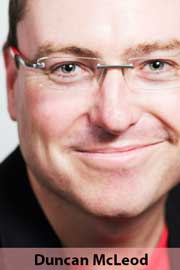
Ivy Matsepe-Casaburri
It all started in the late noughties, I think around 2006 or 2007, when the former communications minister, the late Ivy Matsepe-Casaburri – a former chairwoman of the SABC – declared that South Africa would complete its analogue to digital terrestrial television migration by November 2011.
It was seen as a fairly aggressive target at the time, but by no means unachievable. Countries around the world, especially in developed markets, were committing themselves to similar timelines. At the time, Matsepe-Casaburri’s promise looked quite achievable.
Now, I think it’s important at this juncture to explain why broadcast digital migration is so important, and why every country has to do it.
First, it gets the broadcasting world onto a digital platform.
Digital broadcasts are more “spectrally efficient” – digital signals make much more efficient use of the airwaves – and so you can squeeze more channels into same amount of spectrum – or bandwidth – and start to offer high-definition services on terrestrial networks. So, better quality services and more choice for consumers. Fantastic!
But that’s not where the benefits end. The bigger benefit of digital migration is that huge tracts of spectrum – known as the digital dividend, in the 700MHz and 800MHz bands, used today for analogue UHF broadcasts – are reassigned for International Mobile Telecommunications, or IMT. In other words, for wireless mobile broadband.
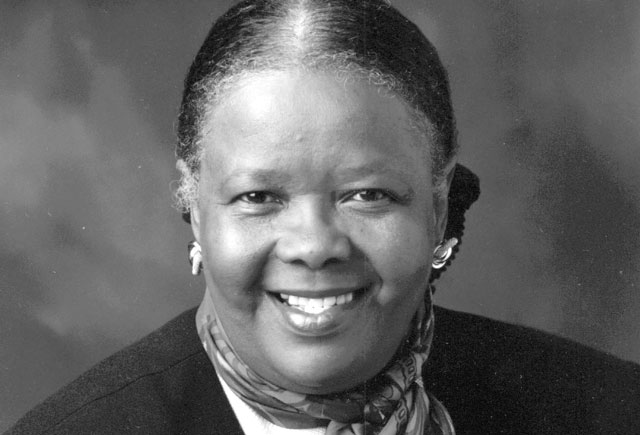
Now, the digital dividend bands are particularly in demand by telecommunications operators because of the long wavelengths of the radio frequency spectrum in those bands. They’re particularly suitable for offering coverage over long distances from a base station – so, it becomes much cheaper to roll out services in rural areas where you can’t afford to build a dense network. One tower can serve a huge area. So, it becomes profitable to roll out wireless broadband in areas where it’s not available today. This is hugely important in developing countries like South Africa, where affordability is lower.
Also, the longer wavelengths in the digital dividend bands penetrate buildings better, so it improves coverage in the cities as well. You should have less in-building dead spots once the mobile operators can start using this spectrum.
This is all being coordinated on a worldwide basis by the International Telecommunication Union, which is an arm of the United Nations. Countries around the world agreed to migrate from analogue to digital and reassign the digital dividend spectrum for broadband.
In an agreement with the ITU — an agreement that we signed and formally committed ourselves to — South Africa had until June 2015 to complete this process. So, Matsepe-Casaburri’s November 2011 deadline was well within the timeframe agreed to. It’s quite remarkable that despite the early commitment, we still didn’t meet the ITU deadline – but more on that a little later.
Siphiwe Nyanda
So, Matsepe-Casaburri died while in office in 2009, shortly before Jacob Zuma became president, taking over from the caretaker president, Kgalema Motlanthe. She’d been in the role for 10 years, and had achieved little beyond doing her level best to protect Telkom from competition.
So, whoever followed would likely improve on her track record. Hah! No such luck. In the years that have followed, Zuma has chopped and changed ministers almost annually. Some of them have been unmitigated disasters.
But let’s step back to 2009.
General Siphiwe Nyanda. An Umkhonto we Sizwe vet and a former head of the South African National Defence Force, is surprisingly installed as communications minister.
Probably best remembered today for spending millions on two 7-Series BMWs, Nyanda actually did get off to a good start on digital migration. He quickly got on top of the issues and engaged actively with broadcasters and industry role players, even with the media.
Sentech, the state-owned broadcasting signal distributor, was actively deploying the network. In fact, if the entire project had been left to the planners and technicians at Sentech, I reckon we would have made Matsepe-Casaburri’s original deadline. But then the politicians and the bureaucrats got involved.
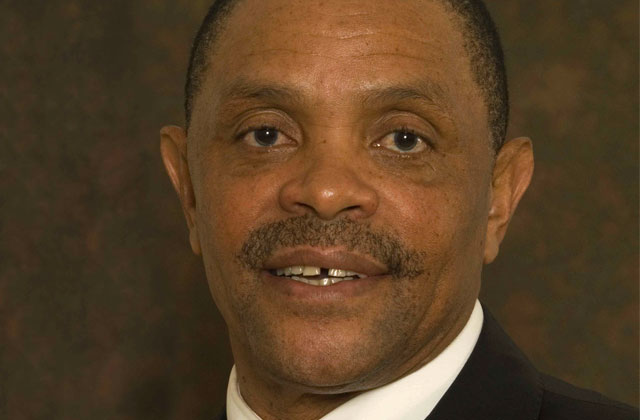
Nyanda’s director-general at the time was a combative lawyer by the name of Mamodupi Mohlala, who is probably best known for her fallout with the minister of trade & industry, Rob Davies, over the way she ran the National Consumer Commission.
But before Mohlala fell out with Davies, she’d had a massive run-in with Nyanda at communications, one that, by all accounts, eventually cost both individuals their jobs.
It was Mohlala who created the first real big delay in the digital migration project when her department decided to entertain a different digital broadcast technology, a Japanese standard called ISDB-T, which had also been adopted by the Brazilians, who we were cosying up to at the time as the whole Brics formation of Brazil, Russia, India, China and South Africa was building up a head of steam. It was the politically expedient thing to do, though it threw the whole digital TV project, which had been running relatively smoothly (and I use the word “relatively” deliberately) into disarray.
Suddenly, Japanese politicians and bureaucrats and vendors and techies were everywhere, attending all the industry conferences and meetings and generally making their presence felt. The lobbying was intense.
Until this point, South Africa was going to implement the European standard, known as DVB-T. There’d been little disagreement in the industry about it – it seemed to be generally accepted that it was the correct way to go.
Yet, the whole process got held up by a year while intense debates took place about whether we should adopt the Japanese/Brazilian standard instead.
The country – the industry and the politicians and the various lobby groups – engaged in a year of debate over which standard was technically better. The industry, for the most part, wanted DVB-T, but there were political imperatives at play.
By this point, though, the relationship between Nyanda and Mohlala had broken down completely. The minister suspended her; she vowed to fight him in the courts. It was a mess. Eventually, Nyanda was moved out of the portfolio – becoming Zuma’s parliamentary counsellor (whatever that meant, which was not much as it turned out) – while Mohlala was eventually placated by being offered the job as South Africa’s first National Consumer Commissioner. Her short-lived tenure as commissioner is a story for another day.
Roy Padayachie
Anyway, with Nyanda out, Zuma appointed another communications minister, this time Radakrishna Lutchmana Padayachie, better known as Roy Padayachie.
Like Nyanda, Padayachie was an ANC struggle stalwart, and like Nyanda, he had no experience in the ICT sector.
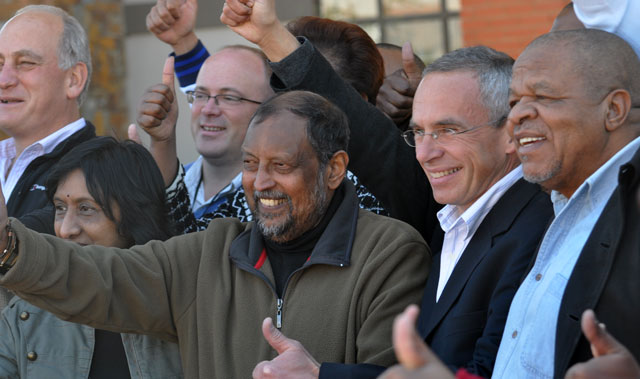
He was likeable, though, and got the industry on his side fairly quickly. He took one look at the debate over the broadcasting standard and decided that South Africa would stick with its original decision to use the European standard, albeit the updated DVB-T2 variant thereof, which was all-round a better technology than the original. The digital migration process was getting back on track.
And then…
Dina Pule
In October 2011, Zuma surprised everyone by reshuffling his cabinet – again. After just a year in the job, Padayachie was moved to public service & administration (where he was minister until he died less than a year later) and his deputy, the little known Dina Pule (who is, of course, well known today for all the wrong reasons), took over as minister.
It was around this time that the fight over encryption was just getting warmed up.
There’s a lot of history here, which I’m going to skip over in the interests of time. However, I’m going to attempt to sketch a broad picture of the battle that emerged over a period of years.
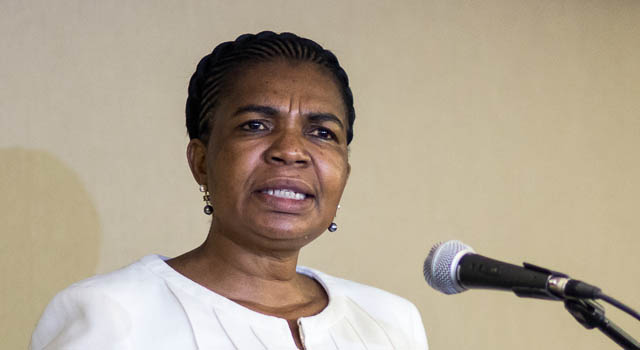
In short, the commercial broadcaster e.tv decided that encryption was necessary to protect its business interests. It launched a series of legal challenges against the minister of communications, which escalated through the legal system to the point where it’s now set to be heard by the highest court in the country. And the matter has divided the ANC right down the middle, with the current communications minister, Faith Muthambi, apparently defying the wishes of her own party, or at least a sizeable section of her own party.
Anyway, not much progress happened under Pule. She lost her job after a series of scandals exposed by the Sunday Times. She’ll probably be best remembered for her red-soled Louboutin shoes. But she was accused of some pretty serious things. The president was eventually left with no other option but to sack her. In the end, South Africa made no progress in its digital migration project on her watch.
Yunus Carrim
Then came the Yunus Carrim era. Carrim was like a breath of fresh air after Dina Pule. The fact that he was a card-carrying member of the Communist Party probably concerned a few industry players at first, but he quickly dispelled concerns that he would attempt to re-nationalise Telkom.
I’d argue that Carrim was the most effective and smartest communications minister South Africa has had. He brought a new energy to the portfolio. He was a workaholic, who insisted on understanding every aspect of the sector. He consulted everyone, in great detail. Often late at night.
I remember my first interview with him, just a few weeks after he’d taken the job. I had a long list of questions I wanted him to answer. But he was more interested in interviewing me. He wasn’t ready to answer the difficult questions at that stage, because he hadn’t yet mastered the portfolio. But he pressed me for information, and my views, especially on the encryption battle.
His first order of priority was to figure out how to stop e.tv and MultiChoice warring with each other so that digital migration could get back on track. But it was like trying to broker a peace between Jacob Zuma and Julius Malema.
Carrim attempted to negotiate a middle ground where encryption would be part of digital television, but where prospective pay-TV broadcasters would have to cough up to use it. MultiChoice rejected his proposals out of hand, even taking out full-page Sunday newspaper advertisements attacking him. It was unprecedented. Here was a major broadcaster taking on a government minister in public, in ads sanctioned presumably by none other than Naspers’s Koos Bekker. Why did MultiChoice and Naspers feel so emboldened to attack a government minister in this way. To my mind, that question has not been adequately answered.
Carrim was enraged. I would have been, too, if I had been the minister.
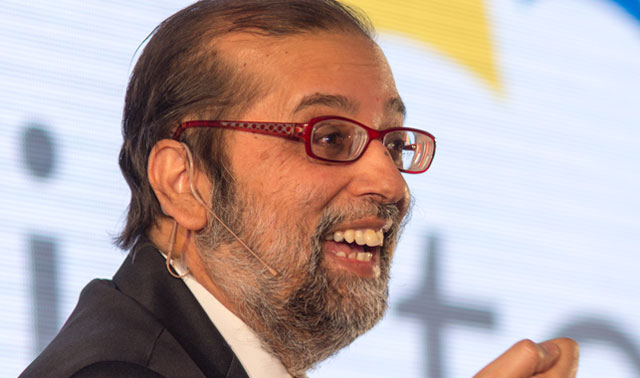
At around the same time, or perhaps a bit before, MultiChoice signed a channel supply agreement with the SABC for the supply of a general entertainment channel and a news channel to DStv. These contracts are quite normal between broadcasters. But there was a clause in the contract that raised plenty of eyebrows. It stated that the SABC would not carry its free-to-air channels on any broadcasting platform that uses encryption.
Prior to the signing of the agreement, the SABC had changed its mind about encryption. It had previously sided with e.tv in the matter, but later, under current chief operating officer Hlaudi Motsoeneng, changed its tune, saying encryption wasn’t necessary.
Accusations quickly began flying about how MultiChoice had allegedly “hijacked” the SABC, using the channel supply agreement to dictate the public’s broadcaster’s strategy. Caxton and others said that MultiChoice and the SABC had in effect merged. Legal challenges were mounted.
Karen Willenberg, who was then director of regulatory and legal affairs at MultiChoice subsidiary M-Net, said at the time that the deal was signed in mid-2013, that minister Pule had said publicly that government intended reversing its previous support of encryption in set-top boxes. Pule was fired before she had a chance to amend the policy.
MultiChoice South Africa chairman Nolo Letele told me at the time that the pay-TV broadcaster did not insist that the contentious clause about encryption be included in the SABC agreement for the deal to go ahead. The deal is worth more than R100m/year to the SABC over five years, but Letele said the encryption clause was “always at [the SABC’s] discretion” and not including it “would not have scuppered the deal”.
But Caxton argued at the Competition Tribunal that the SABC “effectively ceded its power to determine its policy on set-top box encryption to a commercial broadcasting entity that is also its competitor”.
There has been plenty of talk of corruption and payoffs at the highest levels, none of which has been proved.
Carrim, in my view, was an honest broker. But his attempts to broker a peace accord between the warring parties failed.
We don’t know his reasons for doing so, but Zuma sacked him shortly after the 2014 general election. He wasn’t even redeployed elsewhere in the cabinet – he was sent back to parliament, where he now chairs the portfolio committee on finance (and by most accounts he is doing good work).
Perhaps I should have got to this earlier, but I think at this point, I’d like to explain why e.tv and MultiChoice are actually at each other’s throats.
MultiChoice is opposed to encryption in digital terrestrial television, saying it will amount to unfair competition from prospective pay-TV rivals who could piggyback off government’s plan to subsidise 5m set-top boxes for poorer households. It argues, too, that encryption will make migration more expensive and ultimately is not in consumers’ best interests. For what it’s worth, I agree with this argument – though I know I’m probably in the minority, and I’m also not at all convinced that MultiChoice is coming at it from an altruistic perspective as it often claims it is.
E.tv contends that encryption is crucial to ensuring free-to-air broadcasters can get access to the best content, including content in high-definition, and that without it, the sector risked becoming “ghettoised” next to a dominant MultiChoice.
I don’t buy e.tv’s argument that you have to encrypt the broadcasting signal to protect free-to-air television. There are other safeguards that will keep content providers happy while not burdening South African consumers with a system that will require them to keep using a set-top box – which was always meant as a temporary solution. If we went this route, we’d be going against international best practice in digital migration, too.
South Africa’s set-top box standard, developed by the South African Bureau of Standards, encrypts the signal from the box to the TV. It’s called HDCP and it’s built into HDMI, the cable that carries the signal from the box to the TV.
Encrypting signals will serve only vested commercial interests – those who want to build a pay-TV network on the back of a government subsidy of encryption, or the set-top box makers who want to ensure consumers have to keep upgrading their set-top boxes in perpetuity.
Faith Muthambi
This brings us to our current minister of communications, Faith Muthambi. Following the 2014 general election, Zuma split the old department of communications in two. The old communications department became the department of telecommunications and postal services, while a new communications department was created to look after the SABC, GCIS (gov’t’s communications agency), the digital migration project and a few other things.
Why Zuma did this is anyone’s guess, though more direct control over the SABC undoubtedly played a role in his thinking. But the mess in digital migration may also have played a role. Did Zuma want a specific outcome in the encryption battle? Did he direct Muthambi to settle the matter in a particular way. Who knows?
What we do know is that Muthambi quickly set about reversing Carrim’s policy, going back to the previous position that stated that there’d be no encryption, at least not in the five million government-subsidised set-top boxes.
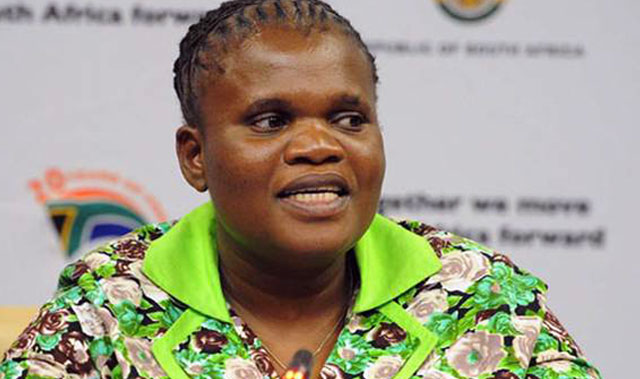
Why has Muthambi tenaciously advanced this position, even though it appears to fly in the face of an ANC policy position adopted at the party’s Mangaung conference in 2012? I don’t know the answer to that question. And it’s a question worth asking. And asking again.
But where we are now is that Muthambi is challenging a recent supreme court judgment in e.tv’s favour on this whole encryption saga. So, it’s now going to the constitutional court.
More than a decade after minister Matsepe-Casaburri started this whole sorry project, the legal challenges can’t go any further than this. In hindsight, it feels like it always was going to go to the con court. Perhaps the learned judges of the land’s highest court will be able to make sense of the complexities in this matter and reach a decision that is truly in the interests not of corporate giants but of South Africa and its people.
In the meantime, the digital migration project is effectively stalled again. And that means no digital dividend for the mobile operators, no cheaper and more ubiquitous broadband for consumers, and squandered economic growth.
In every sense, the world should look to South Africa as a case study of how not to manage a project of this scale. — (c) 2016 NewsCentral Media




